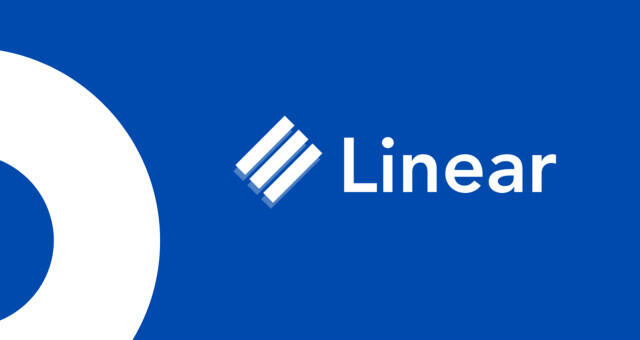On March 27, 2025, Linear Finance, a DeFi protocol launched in 2020, announced its permanent closure, shaking the crypto community. Once a promising cross-chain synthetic asset platform, the project succumbed to financial struggles and a recent Binance delisting, causing its LINA token to plummet 70% in a week. This Linear Finance shutdown highlights the harsh realities smaller DeFi protocols face in 2025’s competitive landscape, raising questions about the sector’s sustainability and the risks for investors.
A Promising Vision Meets a Harsh Reality
Linear Finance set out to transform DeFi by enabling users to create and trade synthetic assets across blockchains like Ethereum and Binance Smart Chain. For example, at its 2021 peak, its stablecoin ℓUSD drew attention for low-cost, non-custodial asset management. However, challenges soon mounted—a 2023 exploit drained ℓUSD liquidity, shattering trust. Despite innovation efforts, the protocol couldn’t turn a profit. Consequently, by March 2025, financial woes forced its closure, announced at 7:56 AM PDT, as shared on X, reflecting a somber end to a once-hopeful project.
Binance Delisting: The Last Straw

Binance delisted LINA this month due to low trading volume, dealing a fatal blow to Linear Finance. The impact was severe—LINA’s market cap dropped 65%, hitting $0.0003575 with a $49.7 million 24-hour volume, per CoinMarketCap. Without Binance’s user base, Linear Finance lost vital liquidity, reflecting a 2025 trend where exchanges cut weaker tokens, exposing small DeFi projects.
LINA’s Crash and DeFi’s Hard Truths
LINA’s value tanked 70% in a week, falling from $0.001 to nearly zero, with its market cap now below $2 million, per CoinGecko—down from $100 million in 2021. Investors on X expressed frustration over the sudden drop, facing heavy losses. DeFi’s $300 billion TVL in 2025 mostly benefits big players like Aave and Uniswap, leaving smaller projects struggling against competition and memecoin hype.
What This Means for DeFi’s Future
Linear Finance 2025 closure highlights the tough challenges in DeFi. As the sector grows, sustainability, transparency, and security become essential for survival. Smaller projects like Linear Finance must innovate quickly to compete in 2025’s DeFi landscape, while investors should prioritize due diligence—high DeFi returns carry significant risks. This shutdown may foreshadow more DeFi project failures in 2025, but it could also drive stronger protocols to emerge.
Conclusion: Learning from Linear’s End
The Linear Finance shutdown, driven by financial struggles and the Binance delisting impact, marks a sobering moment for DeFi in 2025. The LINA token crash reflects the sector’s volatility and the survival struggle of smaller projects. As DeFi evolves, this DeFi project closure highlights the need for resilience and caution, paving the way for a more robust decentralized finance future.
Disclaimer: These are the author’s personal views and not investment advice. Readers should conduct their own research.








